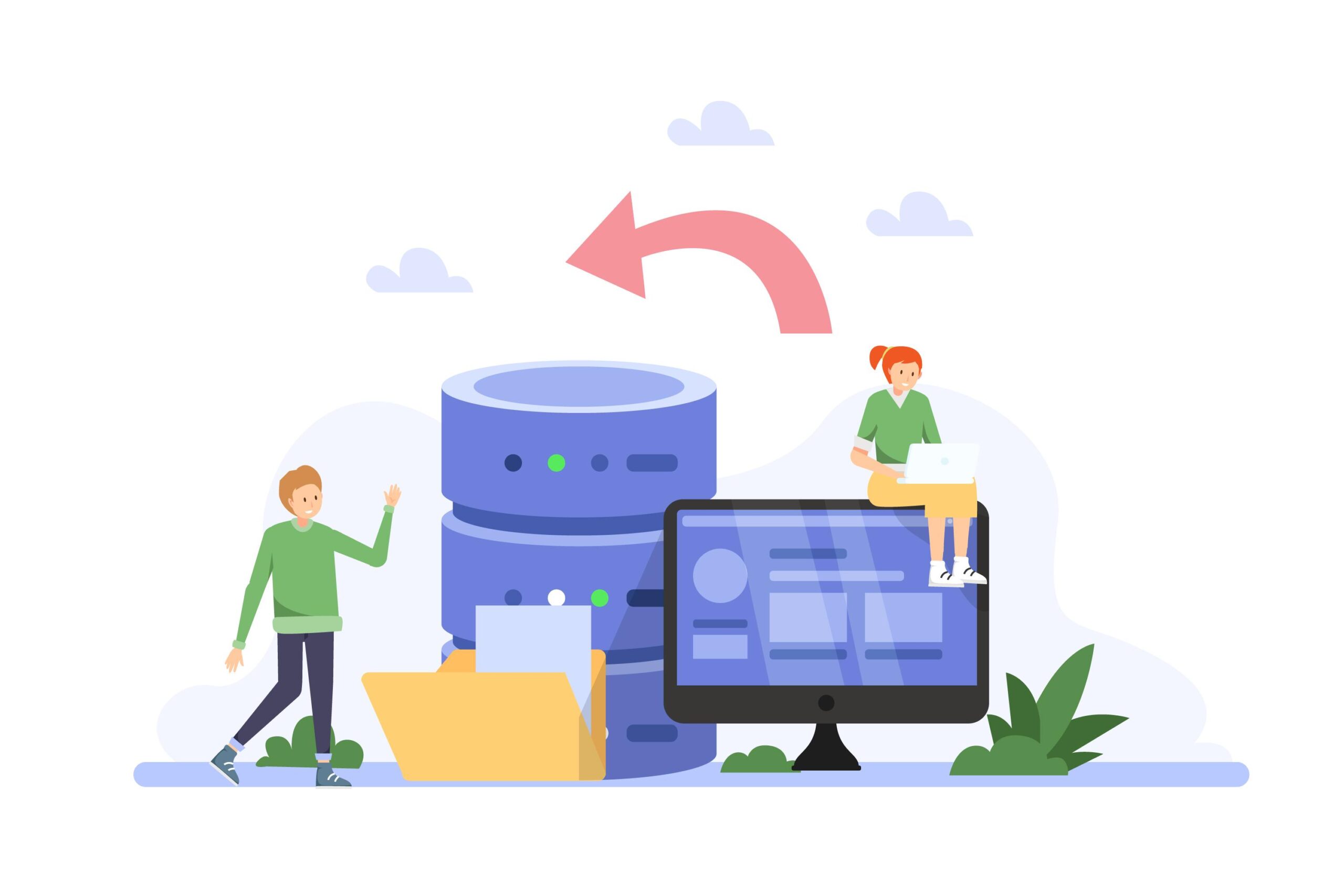
Data Exchange
Data exchange within data services involves the processes and mechanisms used to transfer data between different systems, applications, or services. It is a crucial part of integrating and synchronizing data across various platforms. Here is a breakdown of the key concepts and technologies
Data Exchange Formats
JSON (JavaScript Object Notation)
Lightweight data-interchange format that is easy to read and write for humans and machines.
XML (extensible Markup Language)
A flexible text format for structured data, used in various applications.
CSV (Comma-Separated Values)
A simple format for tabular data, often used for import/export operations.
YAML
A human-readable data format often used for configuration files.

Data Exchange Protocols
HTTP/HTTPS
Protocols used for transmitting data over the web, commonly used in RESTful APIs.
SOAP (Simple Object Access Protocol)
A protocol for exchanging structured information in web services.
REST (Representational State Transfer)
An architectural style for designing networked applications, using stateless communication and standard HTTP methods.
Data Integration Patterns
Batch Processing
Periodic transfer of data in bulk, often used for large volumes of data that do not need real-time updates.
Real-Time Integration
Continuous data exchange that happens instantaneously, often used for applications requiring up-to-date information.
Event-Driven Integration
Data is exchanged based on events or triggers, enabling systems to respond to changes in real-time.
Middleware and Integration Platforms
Enterprise Service Bus (ESB)
A middleware that facilitates communication between different services in a service-oriented architecture (SOA).
Integration Platform as a Service (iPaaS)
Cloud-based solutions that provide tools for integrating and managing data across various systems.
Message Brokers
Systems like RabbitMQ that manage and route messages between services.
Data Transformation and Mapping
ETL (Extract, Transform, Load)
A process that involves extracting data from sources, transforming it into a suitable format, and loading it into a target system.
Data Mapping
The process of matching fields from one data model to another, essential for integrating systems with different data schemas.
APIs (Application Programming Interfaces)
Graph QL
A query language for APIs that allows clients to request exactly the data they need.
RESTful APIs
Use HTTP methods and are commonly used for web services and applications to interact with each other.
SOAP APIs
Use XML for messaging and are known for their robustness and support for complex transactions.
Security and Compliance
Authentication and Authorization
Ensure that only authorized users or systems can access or manipulate data.
Data Encryption
Protect data in transit and at rest using encryption standards.
Data Privacy
Compliance with regulations like GDPR or CCPA to ensure data protection and user privacy.
Monitoring and Logging
Performance Monitoring
Track the performance of data exchange processes to ensure they meet required standards.
Error Logging
Capture and log errors or issues that occur during data exchange for troubleshooting and improvement.


